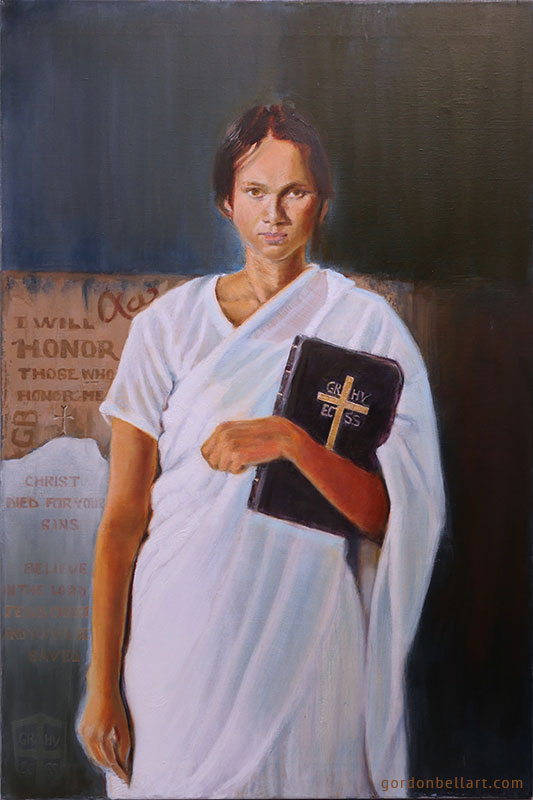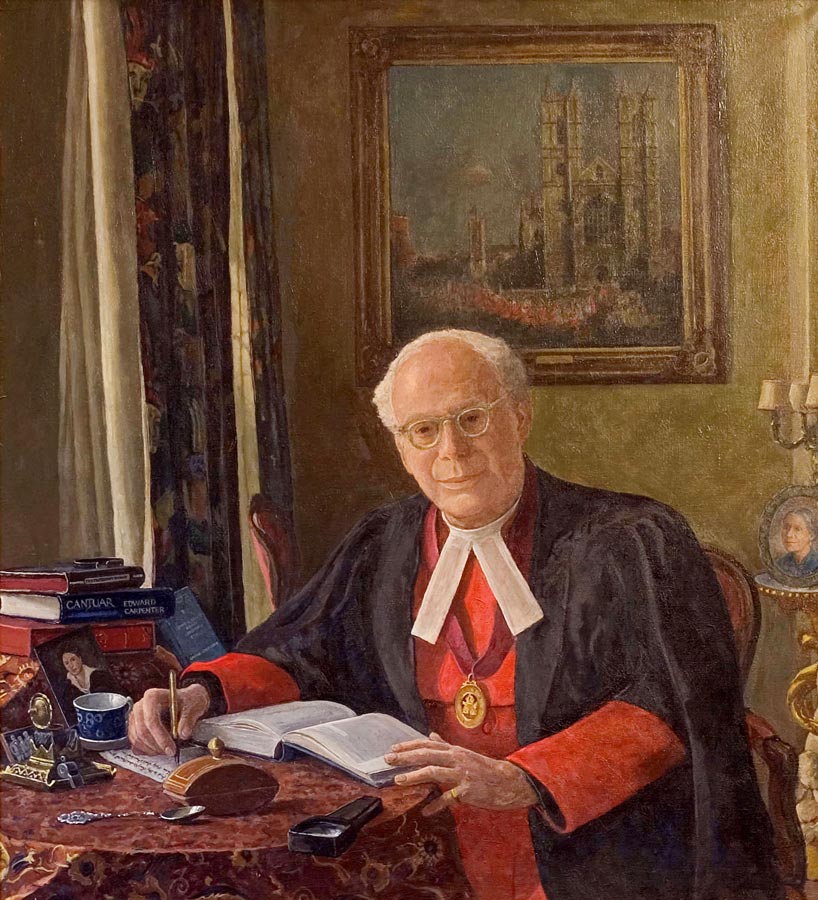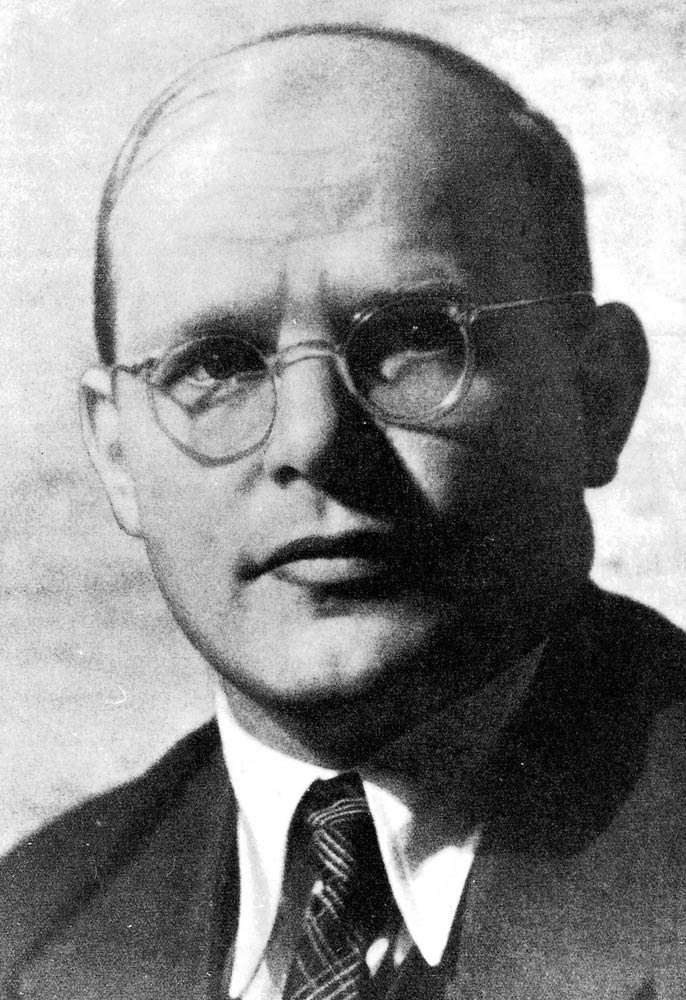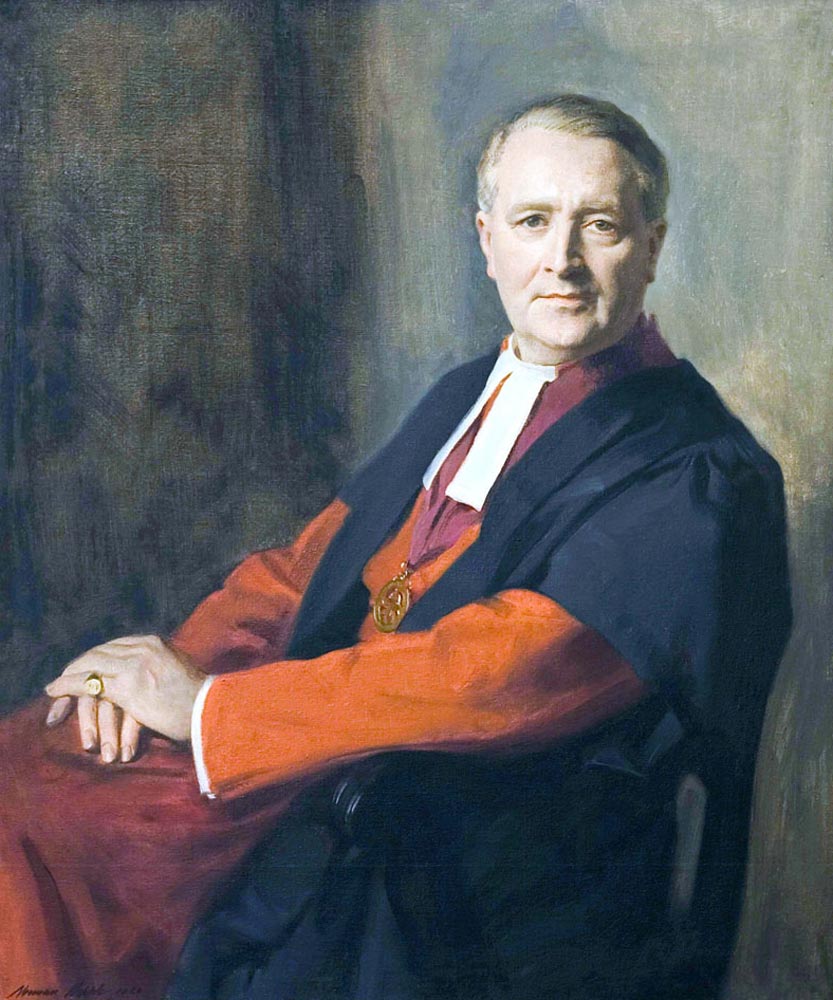Martin Luther King Jr
Early life
Martin Luther King Jr, was born on 15 January 1929. His father was the minister of the Ebenezer Baptist church in Atlanta, Georgia. It was this vibrant and confident tradition of African-American Christianity that fashioned King’s childhood, inspired his sense of identity and purpose, and sustained his great convictions. As a little boy, he saw for himself the violence of racial hatred, and the oppression of African Americans at every turn in their daily lives.
At the age of fifteen he entered Morehouse College in Atlanta. Then he travelled on to Crozier Theological College in the north of the country. Here he met students from all backgrounds, and matured in the company of his peers, cultivating his gifts for intellectual life and finding a new breadth of experience. He was ordained.
Civil rights movement
In the 1950s African-American communities were becoming increasingly vocal against racial segregation and persecution, drawing on what was already a rich tradition of protest against oppression, and now transforming it into a new, campaigning force for change. Martin Luther King’s first church was Dexter Avenue, Montgomery, in Alabama. As a leading light in the community he was soon drawn into a demonstration against segregation on the city’s bus Services. It was brilliantly successful. King soon formed the Southern Christian Leadership Conference and pressed ahead in his fight for justice. The cost that he and his own family paid for his new work was all too evident; there were death threats and bombs. Police harassment and imprisonment lay ahead.
King’s prophetic vision combined an explicitly Christian language of freedom and justice with an appeal to American democracy. Peaceful protests would affirm the dignity of African-Americans and embarrass their oppressors before the eyes of the world. His approach was essentially Gandhian. Violence bred violence only. Love must reply to hate.
In a federal society the southern states of America enjoyed great freedom to legislate for themselves. But the central government in Washington also had the power - if the will existed - to overrule and overturn their decisions in the name of the nation.
The Civil Rights Movement was both regional and national. In August 1963 there occurred a massive public march on Washington, perhaps the greatest statement made by the movement. A civil rights act was passed by congress on 2nd July 1964; other acts framed to advance or protect the political rights of African American citizens followed.
In 1964 Martin Luther King Jr was awarded the Nobel Four years later on 4th April 1968, he was shot dead in Memphis. He was thirty-nine years old. Today he is widely celebrated as one of the great prophetic leaders of the later twentieth century, and his name still inspires those who follow his call for Justice.
In an age of discrimination and persecution
If physical death is the price I must pay to free my brothers and sisters from the permanent death of the spirit, then nothing could be more redemptive.
Modern Martyrs of the 20th century
Martin Luther King is one of the ten Modern Martyrs of the 20th century. The Martyrs were unveiled in 1998 above the west door of the Abbey. The sculptor was Tim Crawley.

By New York World-Telegram and the Sun staff photographer: DeMarsico, Dick, photographer. [Public domain], via Wikimedia Commons

This image can be purchased from Westminster Abbey Library
Image © 2024 Dean and Chapter of Westminster










